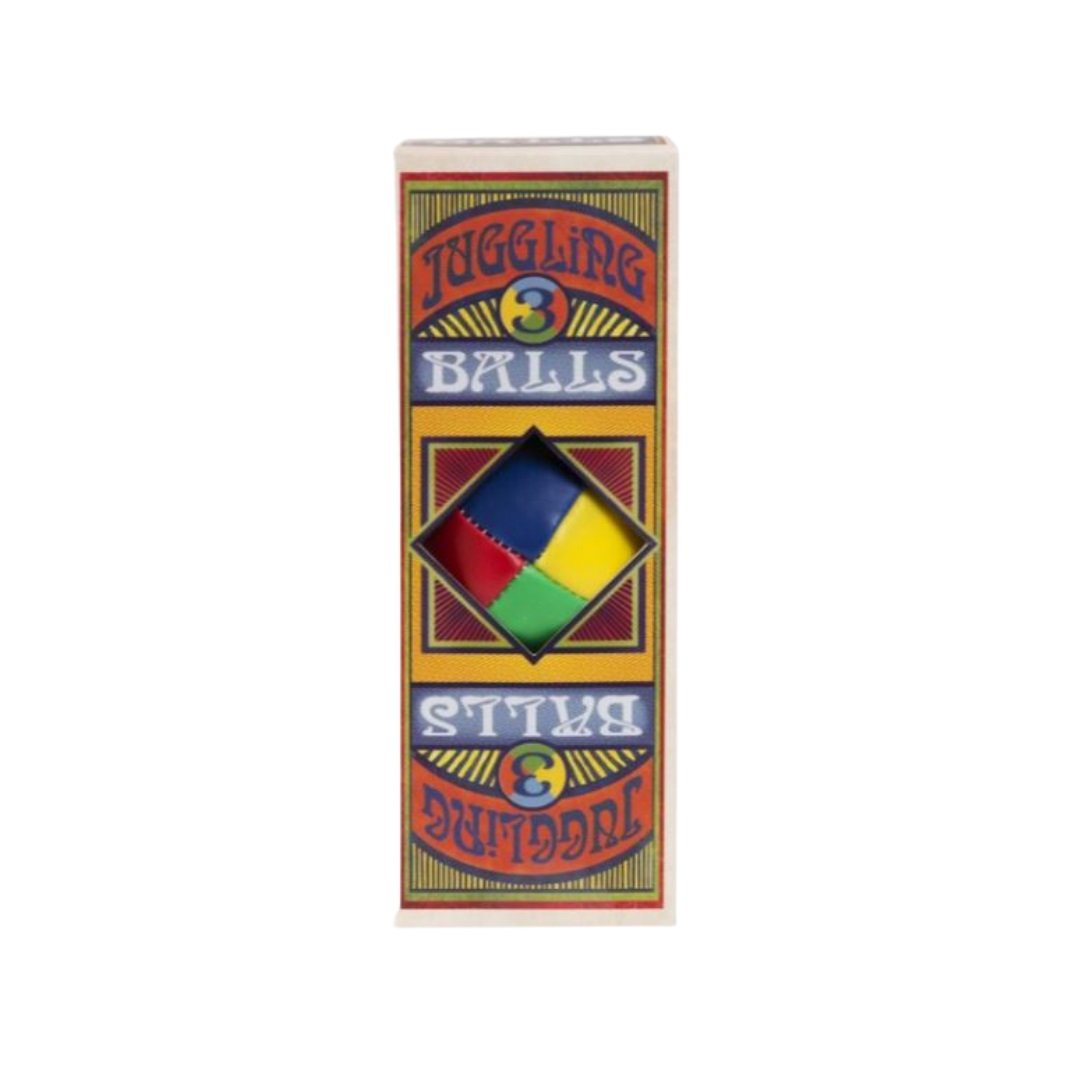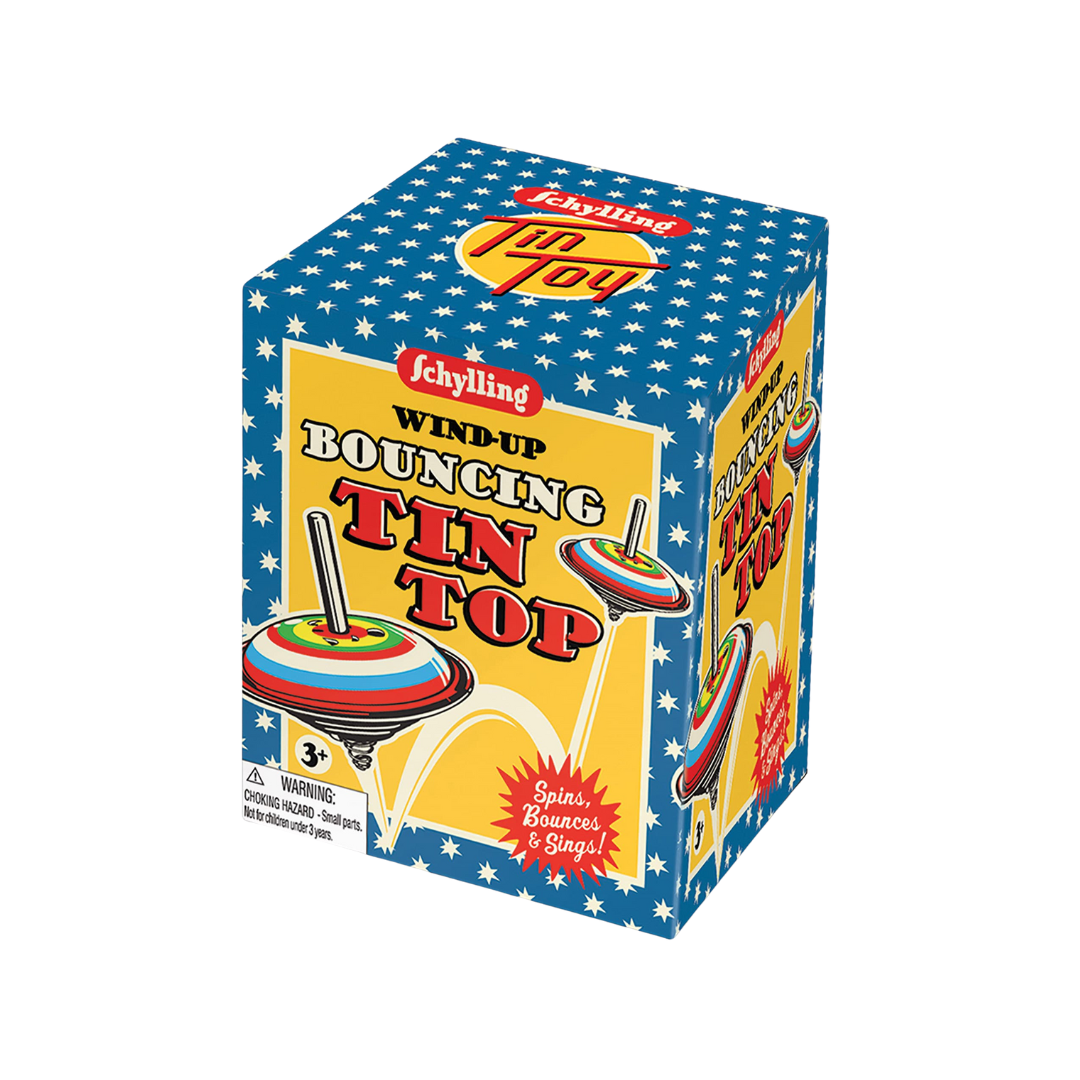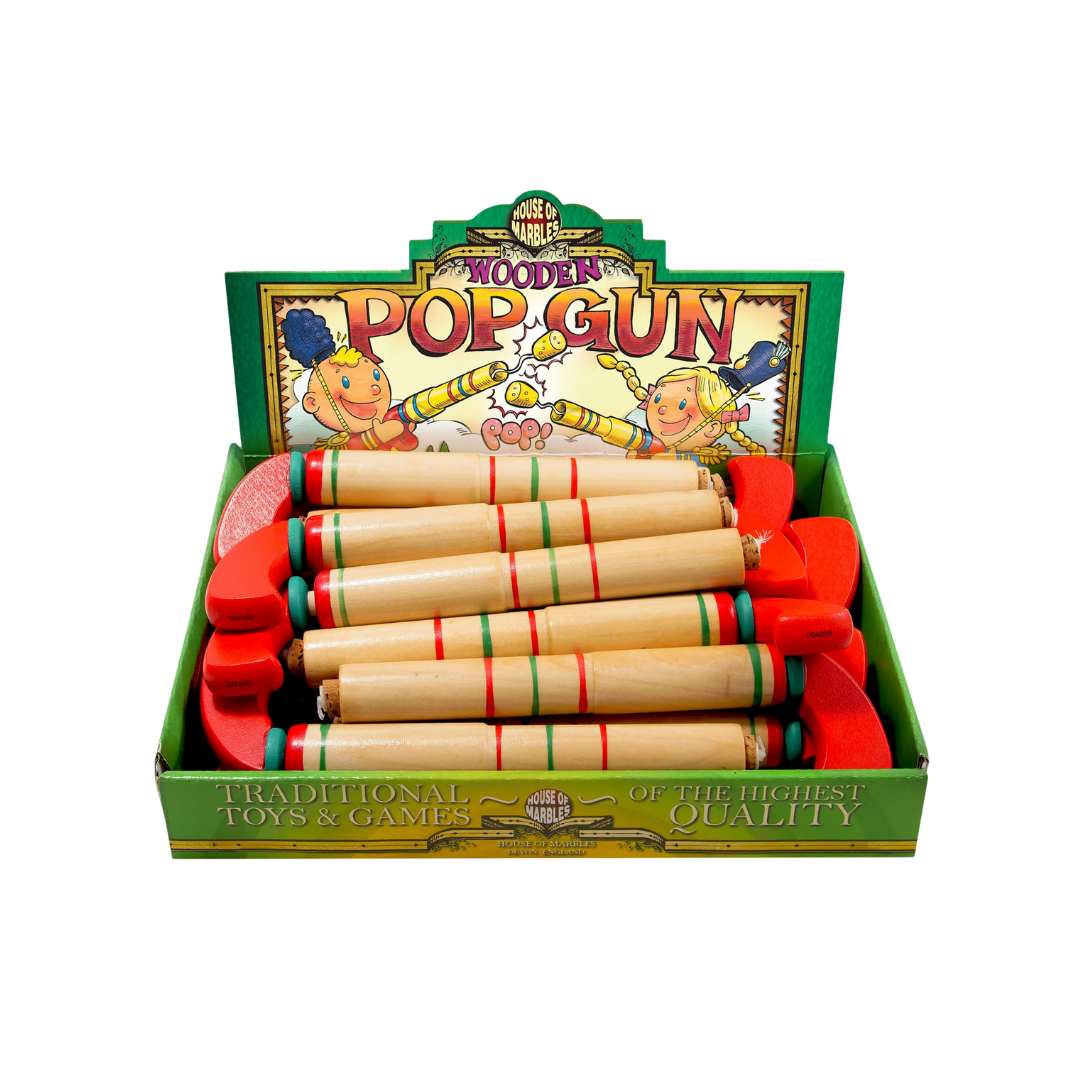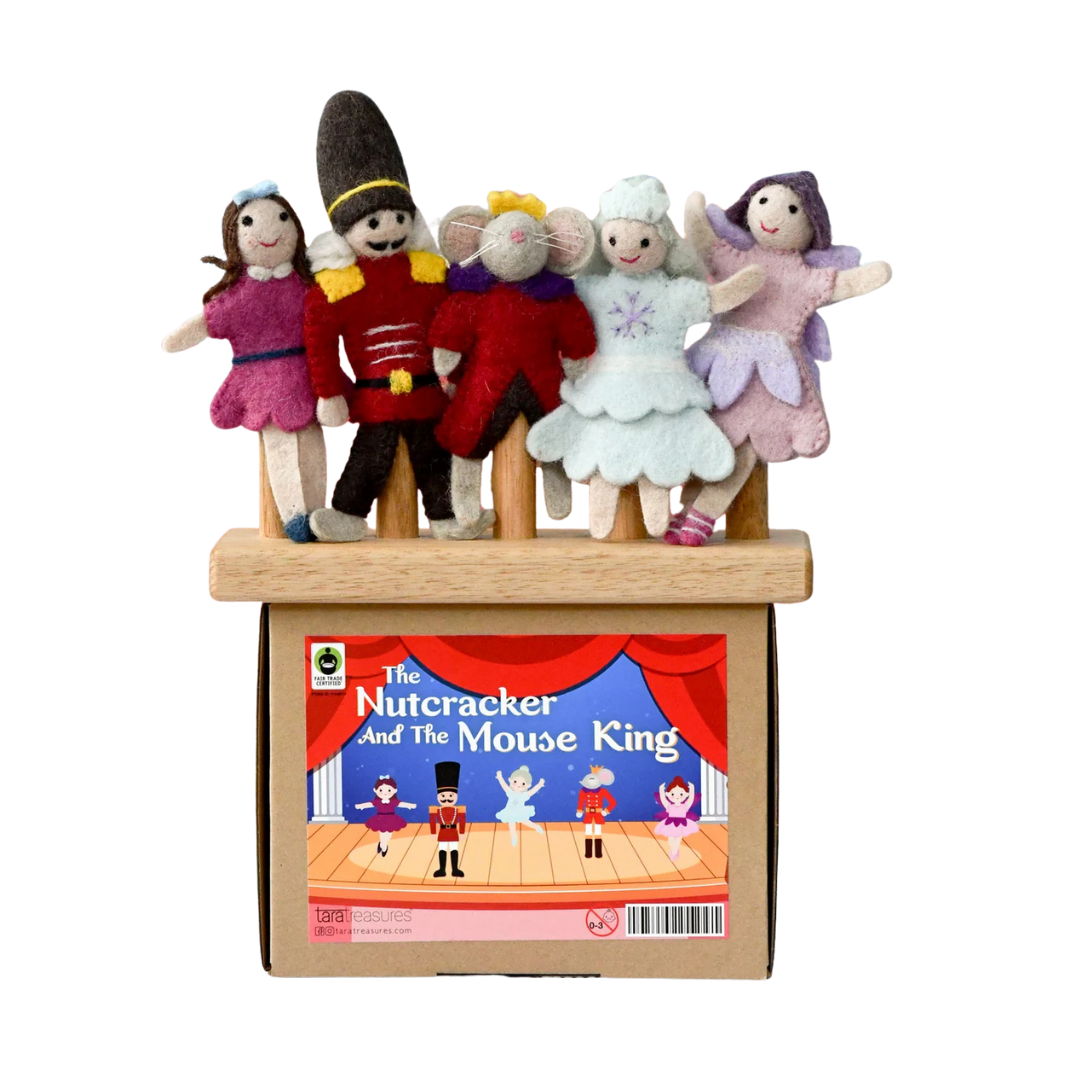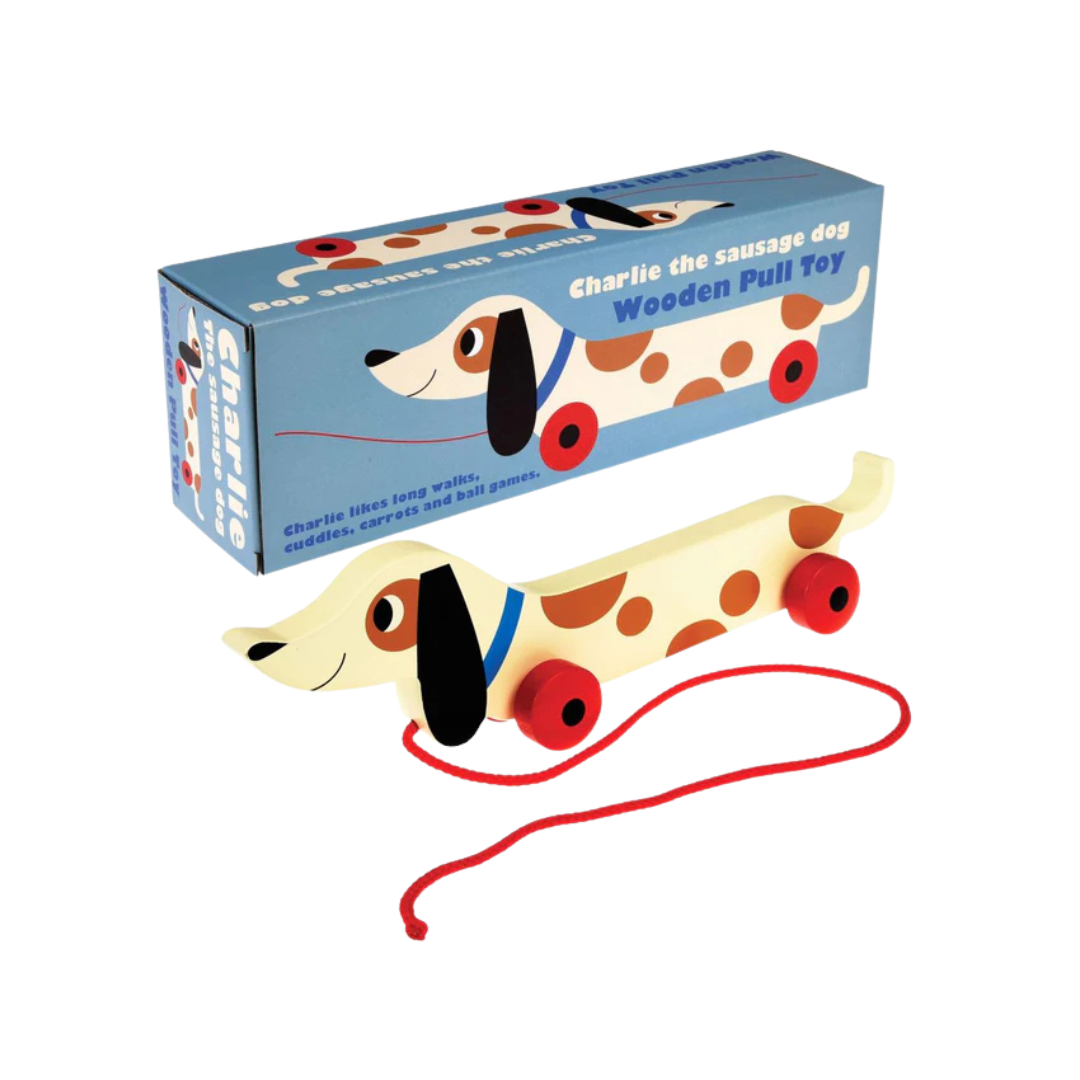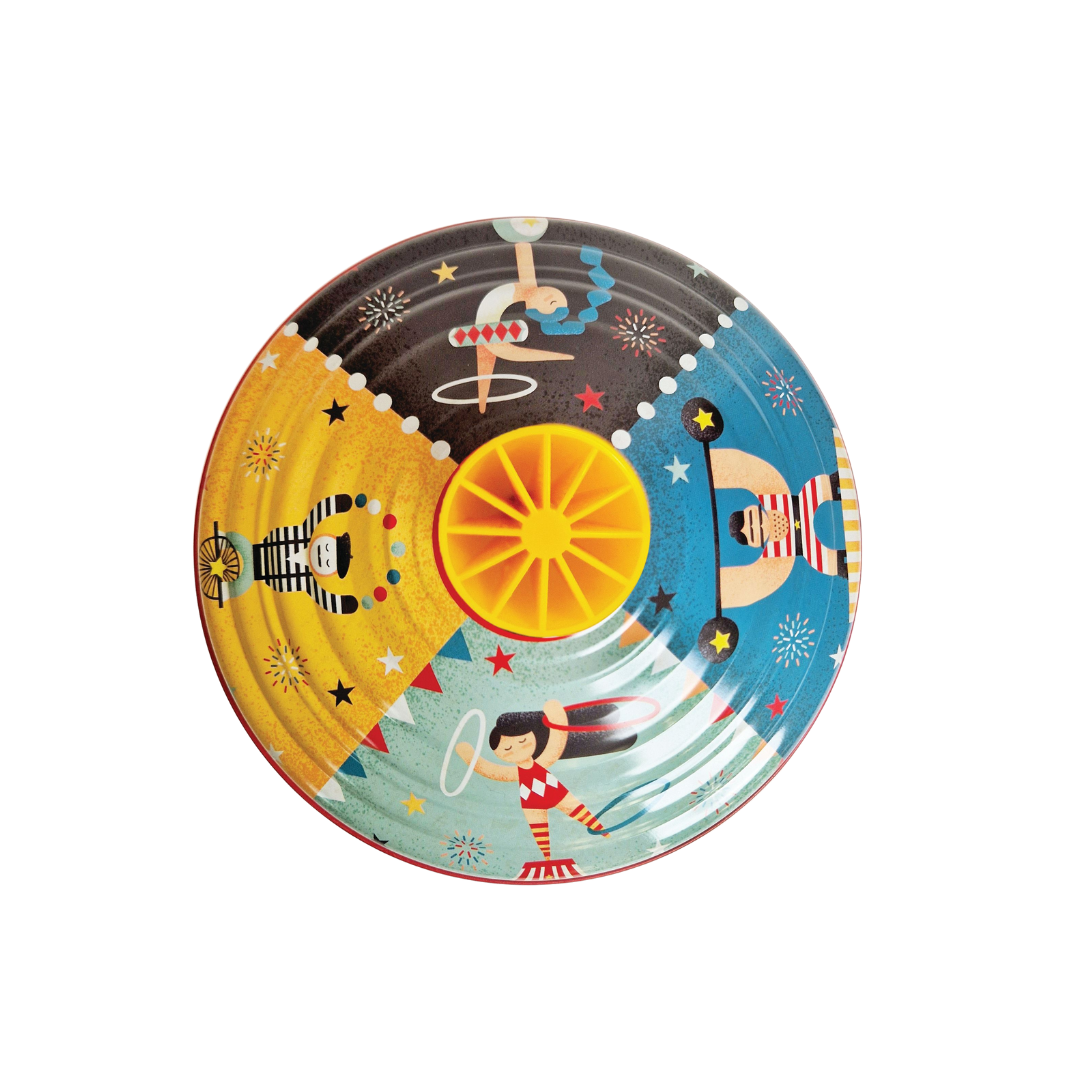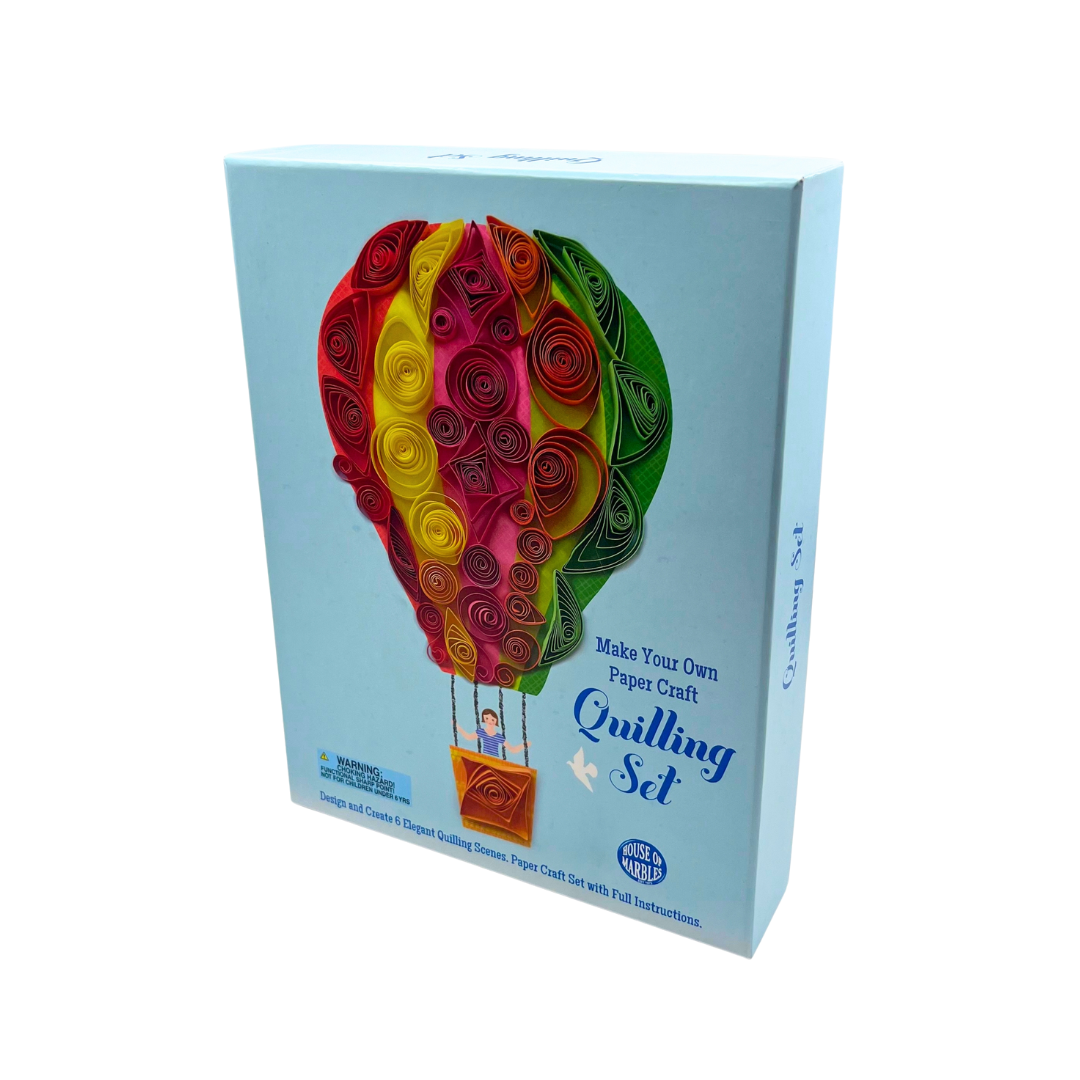Classic Toys | Rubik’s Cube
If you search for the most popular toy in history you will most definitely see mention of the classic Rubik’s Cube.
The six sided puzzle is made up of 26 plastic mini cubes often referred to as ‘cubies’ or ‘cubelets’ which all interlock in a way that prevents them being pulled apart. The object of the Rubik’s Cube is to solve the puzzle by lining up each side of the cube with the different colours.
Invented in 1974 by a 30 year old Hungarian professor of architecture and sculpture, Erno Rubik, the ever popular puzzle has been an all time classic for decades, stumping puzzlers young and old with its magical logic.
The Rubik’s Cube was was never meant to be a toy though. The inventor had the idea of constructing a handheld puzzle with the original intention being to help people understand three dimensional Geometry. The invention proved so curious however that it soon took the world by storm!
Erno Rubik got the patent for his creation in 1975 and paired with another Hungarian toy maker, they soon set the world on fire with this amazing toy, selling over 350 million cubes in the past 40 years.
Fun Fact: The original name for the Rubik’s Cube was the ‘Magic Cube’. It was renamed in 1980 to ‘Rubik’s Cube’, after the inventor as it was bizarrely felt that ‘Magic Cube’ invoked ideas about witchcraft.
The very first prototypes of the cube were made out of wooden blocks and paperclips, with the first test batches of a plastic cubes first being released into a toy shop in Budapest in 1977.
In 1980 the Rubik’s Cube won its first ‘Game of the Year’ award, with a staggering 200 million cubes being sold worldwide during the period 1980 – 1983. The Rubik’s Cube then went on to win ‘Toy of the Year’ two years in a row in 1980 and 1981, with ‘New Scientist’ magazine famously noting in 1981 that the Rubik’s Cube had:
‘Captivated the attention of children ages 7 – 70 all over the world this summer’.
Fun Fact: It took Erno Rubik over a month to finish his own puzzle!
The Rubik’s Cube craze kept growing and in 1981 the Rubik’s Cube was featured on the front cover of Scientific American, as an awe-inspiring advancement in science and technology. In the same year the first ever Super Cubing Championship was held by the Guinness Book of Records in Munich, for cubers to complete the puzzle in the quickest time possible. Jury Froeschl set the record for completing the cube in an amazing record time of 38 seconds!
That record was fabulously broken one year later by a Vietnamese student who set the record at 22.95 seconds. The current world record is an amazing 4.90 seconds held by a 14 year old boy since 2015. There is even a three year old from China who solved it in less than two minutes! Wow!!
Over the years the competitions have evolved to include variations such as solving the cube one handed, blindfolded, underwater, in a single breath and even using ones feet (that record stands at 20.57 seconds)! To this day however, no human has ever been able to beat a robot in completing this puzzle.
Fun Fact: Three of the top ten bestselling books of 1981 were books based on the Rubik’s Cube with the number one bestseller being, ‘The Simple Solution to Rubik’s Cube’, which sold a whopping six million copies.
During the 1980’s and 1990’s the Rubik’s Cube was still being marketed and sold but sales decreased. It wasn’t until the early 2000’s that sales began to soar again as retro toys became popular once again, with sales doubling between 2001 and 2003. In 2003 the first Rubik’s Cube Championships were held since 1982 with an astounding 83 participants.
Fun Fact: Less than 5.8% of the whole world’s population can solve the Rubik’s Cube.
2006 saw another rise in sales when Will Smith was shown solving the Rubik’s Cube in the popular movie The Pursuit of Happiness. The cube has also appeared in a number of other movies such as Despicable Me 3, Tron Legacy, Dude Where’s My Car, Armageddon, The Amazing Spiderman, Wall-E and Snowden. You can also catch a glimpse of the cube in the popular TV shows The Big Bang Theory, South Park and The Simpsons.
Fun Fact: The Rubik’s Cube has 43 quintillion possible configurations (that’s a million raised to the power of five!)




